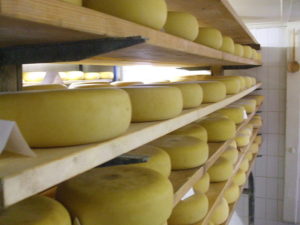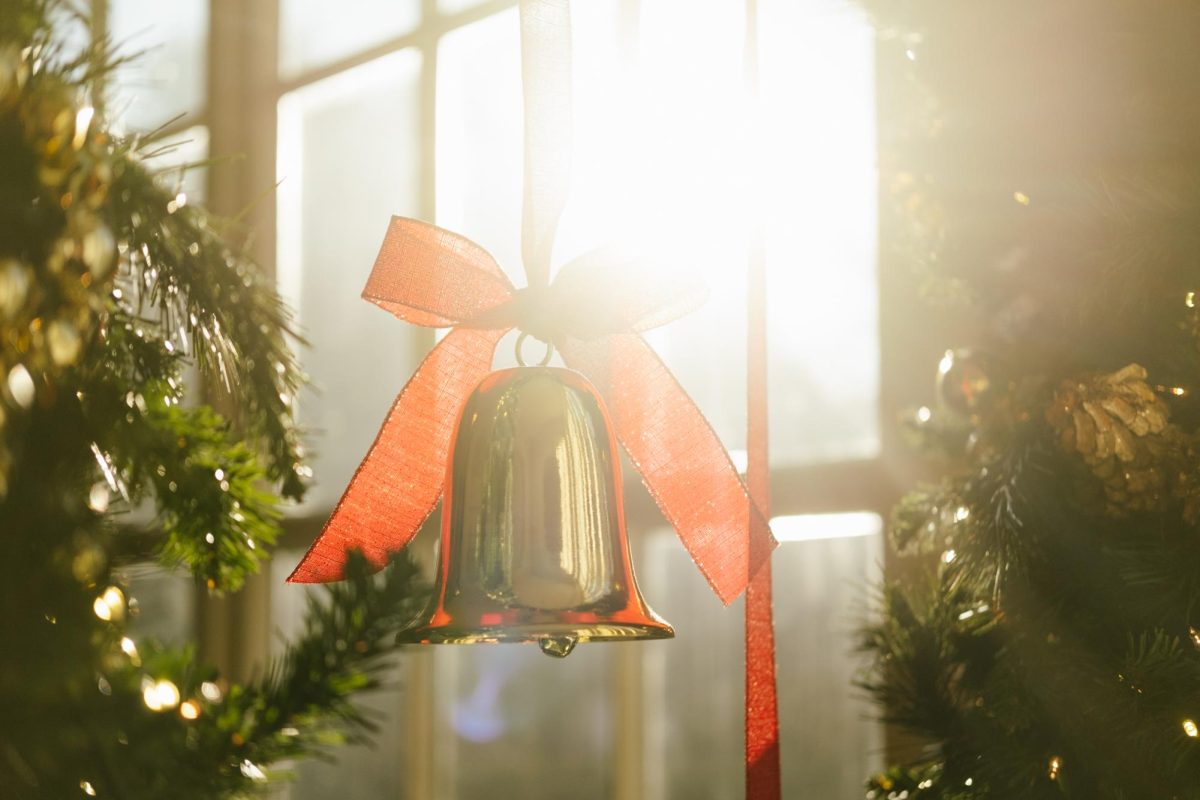This post was written by Hatchet reporter Carson Rolleri.

For anyone looking for a fine art credit to fulfill requirements, log on to Banweb and register for “Too Big to Fail! Scale and Freedom: A Cheese Course.”
In the class, cheese is used as a political statement. And as art. As the course description says, “making a giant cheese is an act of looking back at a specific historical moment, and engaging a new set of issues in the present one.”
Siobhan Rigg, an associate professor of new media, explained that large objects represent much more than their object. They also allow the public to gravitate toward it. Plus, “too big to fail” represents a public psyche about financial markets, industries and political systems.
“The very size of the thing gathers attention, but it also creates a body public to hold it, move it, and fabricate it,” Rigg said. “I thought it would be an interesting history to explore – how do the objects we make allow us to represent ourselves politically?”
But…cheese?
Rigg explained her choice of cheese specifically by pointing to the giant cheese ball given to Thomas Jefferson by the residents Cheshire, Mass. in 1802 to celebrate his presidential election.
Fans of the TV show, “The West Wing,” may remember this as inspiration to Big Block of Cheese Day in the season two episde “Somebody’s Going to Emergency, Somebody’s Going to Jail.”
“The height of absurdity to make and consume a huge cheese (the original took several years to eat)…makes [it] a good story. But the question of what we want our food systems to be is such an issue of concern that the cheese itself still matters,” she said.
Along with the class project component of constructing the large cheese ball, students will be expected to perform individual and small group tasks that will work to their understanding of constructing it.
“What will be different than many classes is that our ultimate goal will be to work together to combine those proposals into the best possible design – that is actually a process much more akin to what artists and designers do when they collaborate professionally,” she said.
Riggs said the class is product of her selection as one of the faculty fellows in the Arts Incubator Fellowship Program. The second-year program works to create yearlong projects and invite other artists to work in-residence.
One of the goals of the program is to include a teaching and learning component of building a creative work. Rigg’s class is designed to draw on many different students’ expertise, including non-art students.
As of Thursday morning, the class had all four slots open.




